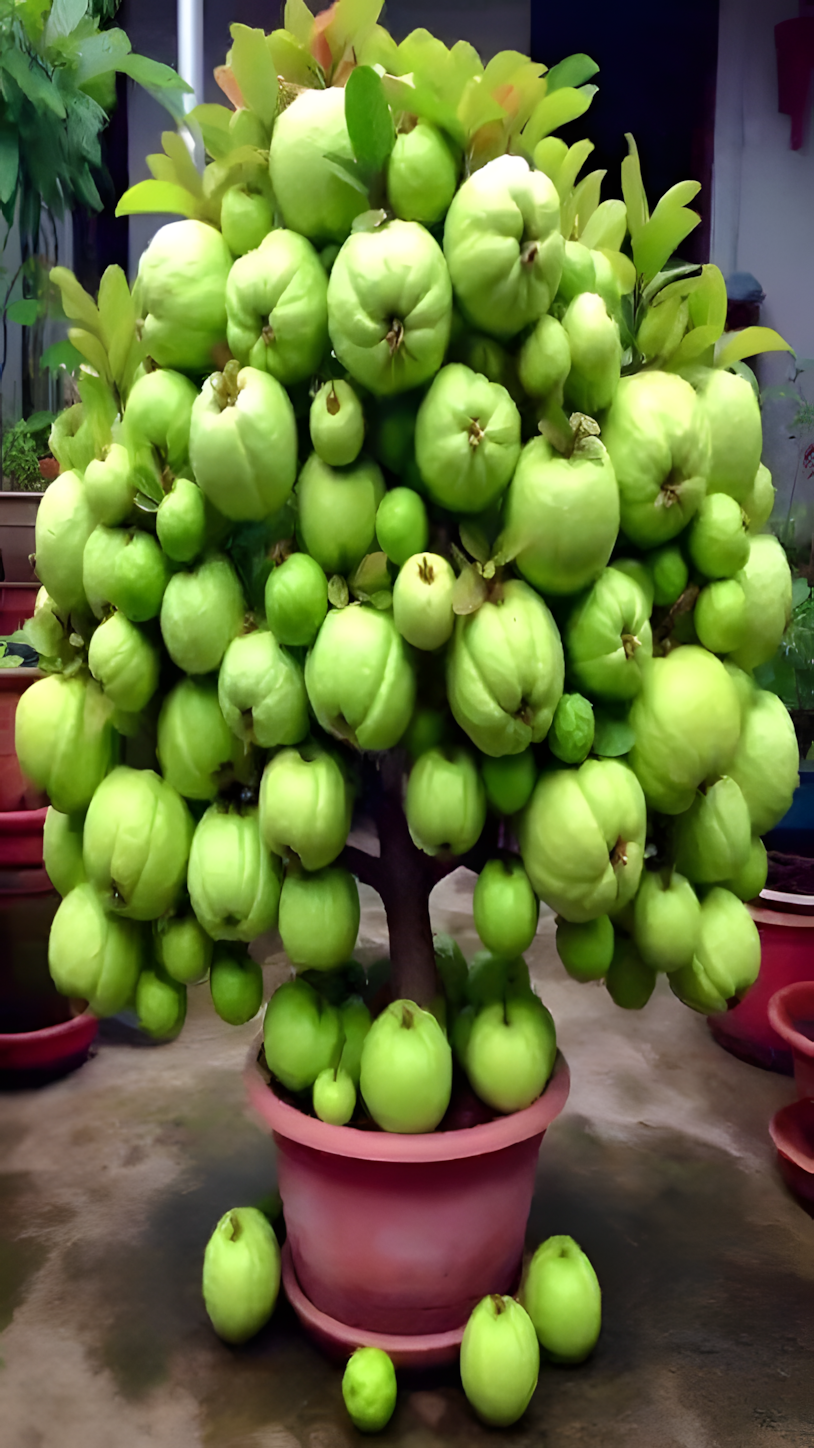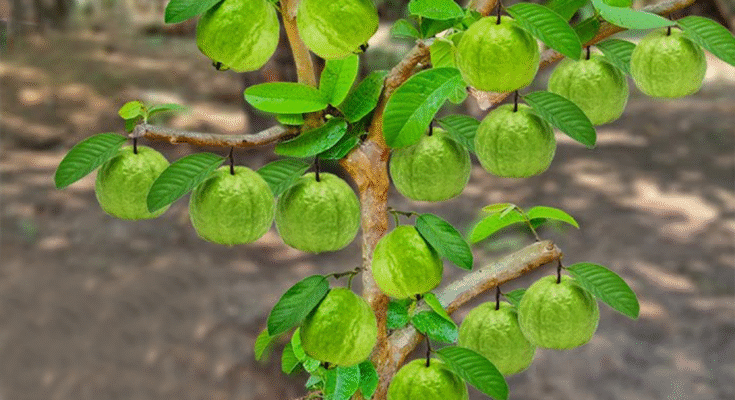🌱🌱How To Grow Guava Tree
Guava trees are a tropical treasure, offering sweet, juicy fruits packed with nutrients like Vitamin C, fiber, and antioxidants. The best part? You don’t need a massive garden or expert skills to grow a guava tree successfully. Whether you live in a warm region or have a spot indoors with lots of sunlight, growing guava is simpler than you might think. With the right techniques and care, you can enjoy baskets of guavas from your very own tree. Here are some simple yet powerful tips to grow a healthy guava tree that produces lots of fruit.
1. Choose the Right Variety
There are several types of guava, including:
- Common guava (Psidium guajava) – Sweet and commonly grown.
- Strawberry guava (Psidium cattleianum) – Smaller and tangy, ideal for cooler climates.
- Pineapple guava (Feijoa) – Actually a different species, but with guava-like fruit.
For home growing, the common guava is the best choice if you’re aiming for a high yield of sweet fruits. Make sure to select a variety suited to your climate zone and space.
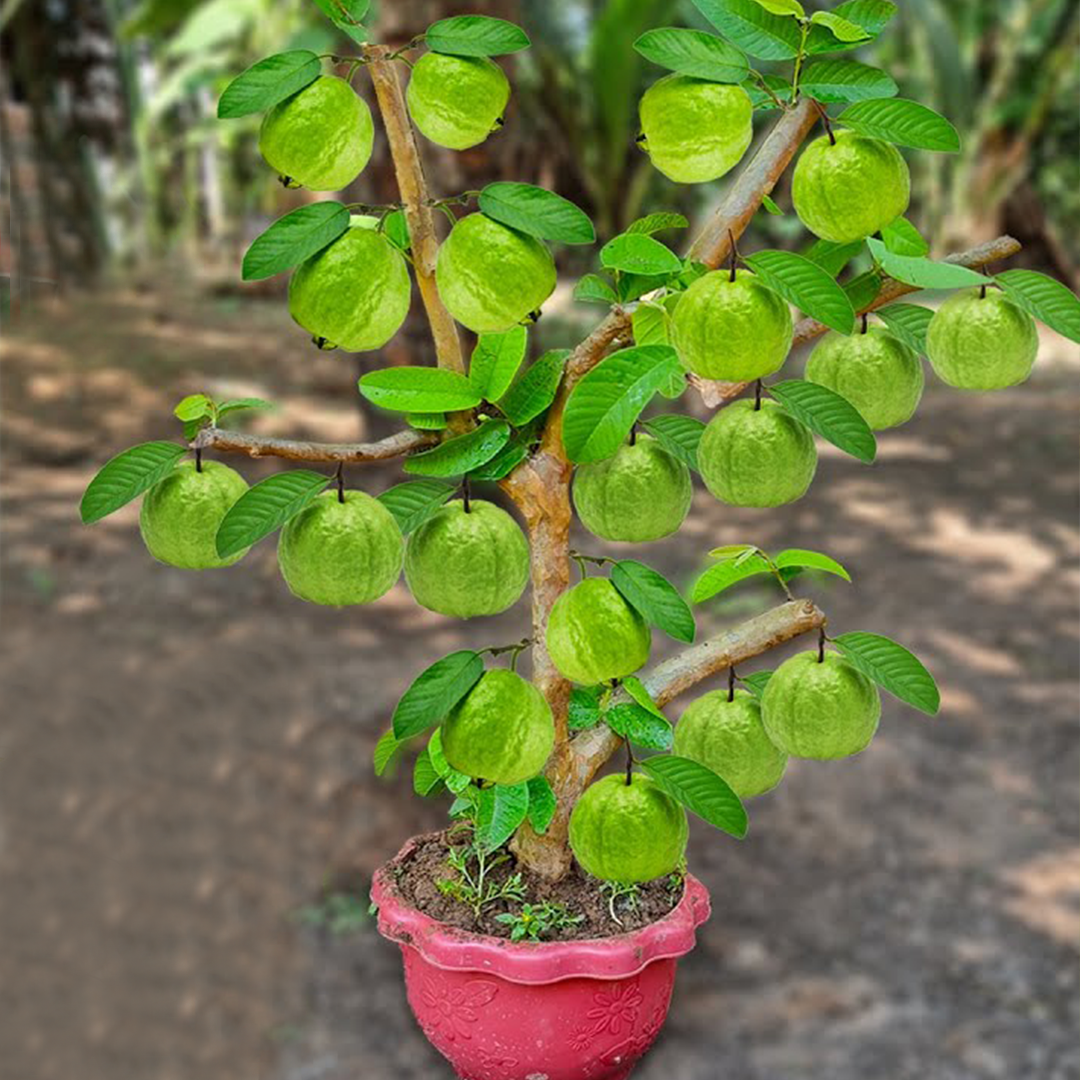
2. Pick the Perfect Spot
Guava trees love the sun. They require full sunlight for at least 6-8 hours a day to grow vigorously and produce fruit. Choose a location in your garden that receives plenty of direct sunlight and has good air circulation. If growing in a pot, place the plant on a sunny balcony, patio, or near a large window.
3. Start from Seed or Sapling?
You can grow guava from seeds, but it takes longer and may not produce fruits identical to the parent tree. For quicker results, it’s best to buy a grafted sapling or a cutting from a nursery. These tend to bear fruit within 2-3 years, whereas seed-grown trees might take 4-6 years.
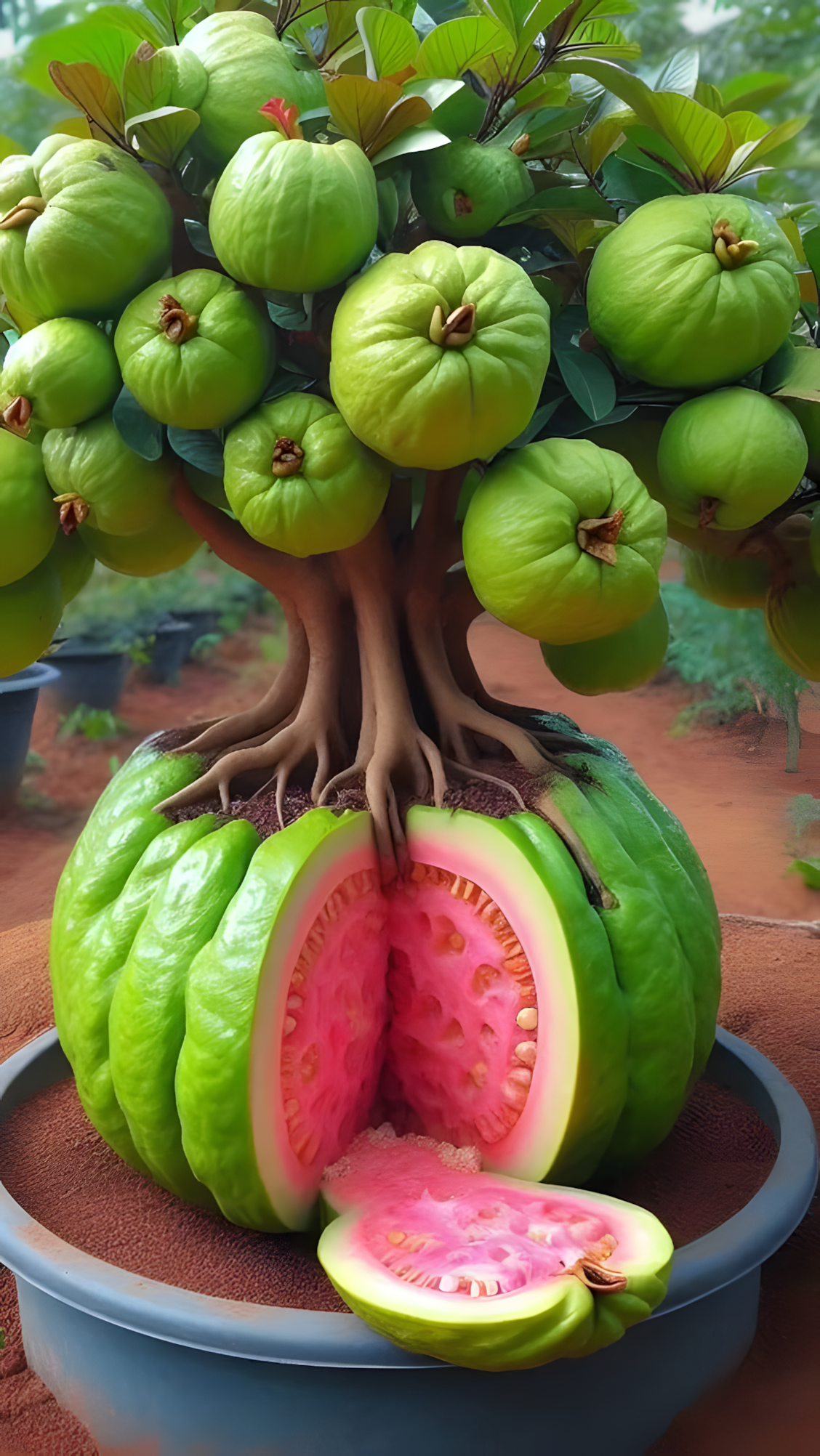
4. Soil Preparation Matters
Guava trees are hardy and can tolerate a variety of soil types. However, they thrive in well-draining, slightly acidic to neutral soil (pH 5.5 to 7.0). Mix compost or organic matter into the planting area to enhance soil fertility and drainage. Avoid waterlogged soil, as guava roots hate standing water.
5. Watering Wisely
Guava trees don’t need a lot of water once established, but young trees require regular watering to help them establish a strong root system. Water deeply once or twice a week during dry periods. Overwatering can lead to root rot, so ensure the soil dries out slightly between waterings.
During the flowering and fruiting stage, consistent watering helps prevent fruit drop and supports juicy fruit development.
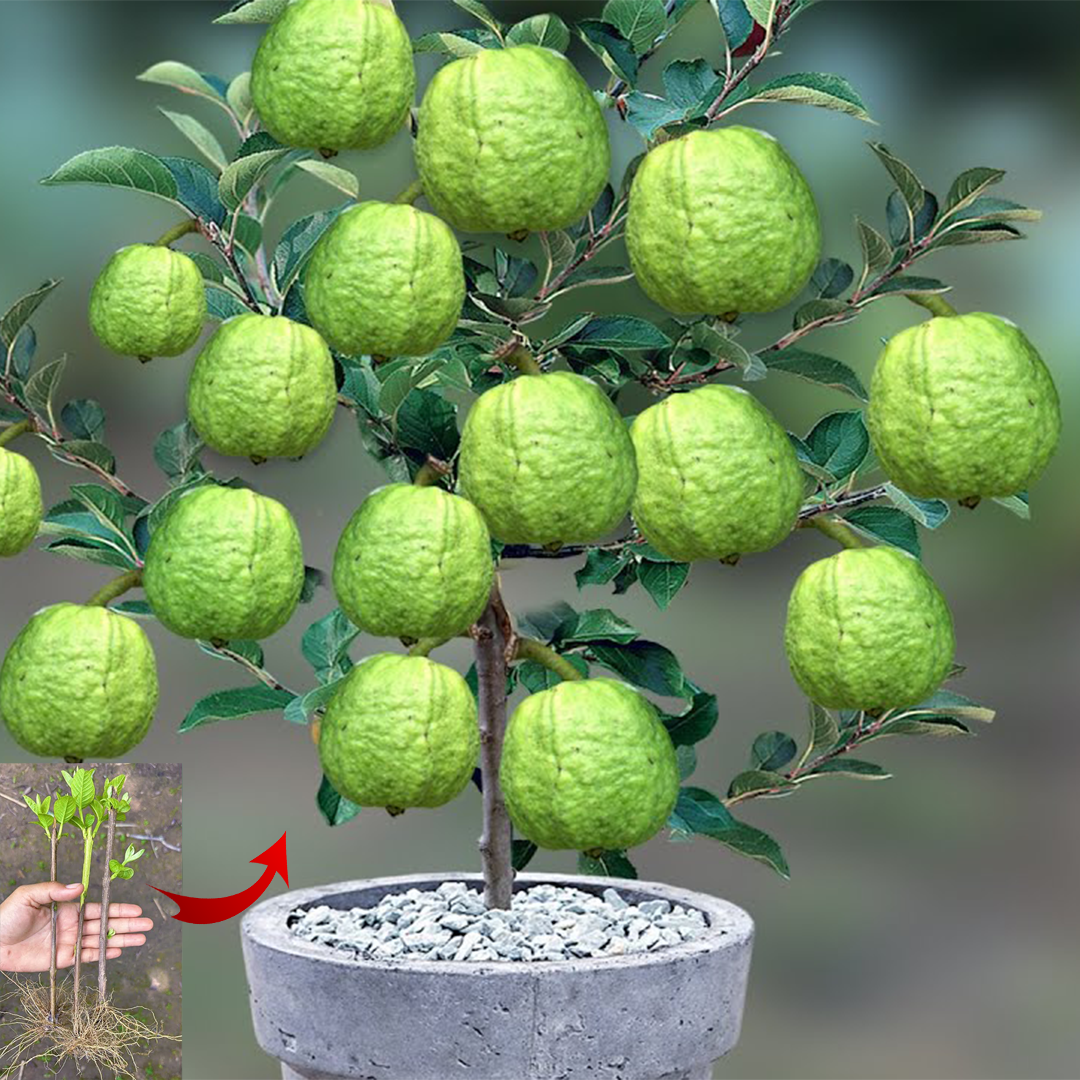
6. Feed Your Tree
A hungry guava tree is not a happy one! Apply a balanced fertilizer (such as 10-10-10 NPK) every 1-2 months during the growing season (spring through fall). Adding compost or well-rotted manure also boosts soil health.
As the tree starts to fruit, switch to a fertilizer higher in potassium to encourage better fruit production.
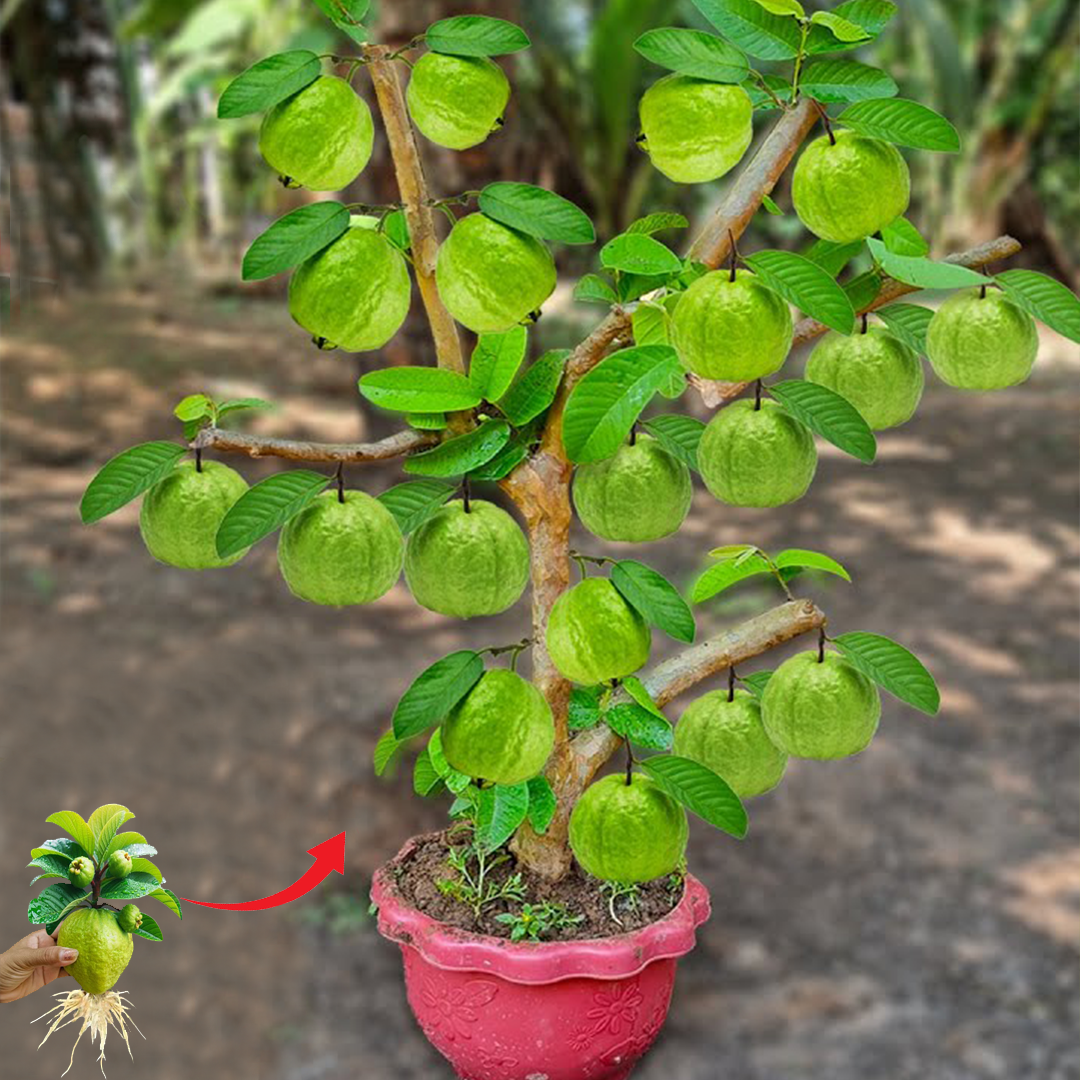
7. Prune for Productivity
Pruning is a powerful tool to help your guava tree grow bushier and produce more fruit. After the first year, start light pruning to shape the tree and remove dead or weak branches.
Each year, after harvesting or in early spring, trim back overgrown or tangled branches. This allows more sunlight and air to reach the center of the tree, promoting healthy growth and higher fruit yields.
8. Protect Against Pests and Diseases
Guava trees are relatively pest-resistant, but they’re not immune. Watch out for:
- Fruit flies
- Scale insects
- Mealybugs
- Anthracnose (fungal disease causing dark fruit spots)
Use organic neem oil or insecticidal soap to treat common pests. Also, practice good hygiene by removing fallen leaves or fruits to reduce disease risk.
9. Mulch and Weed Controls
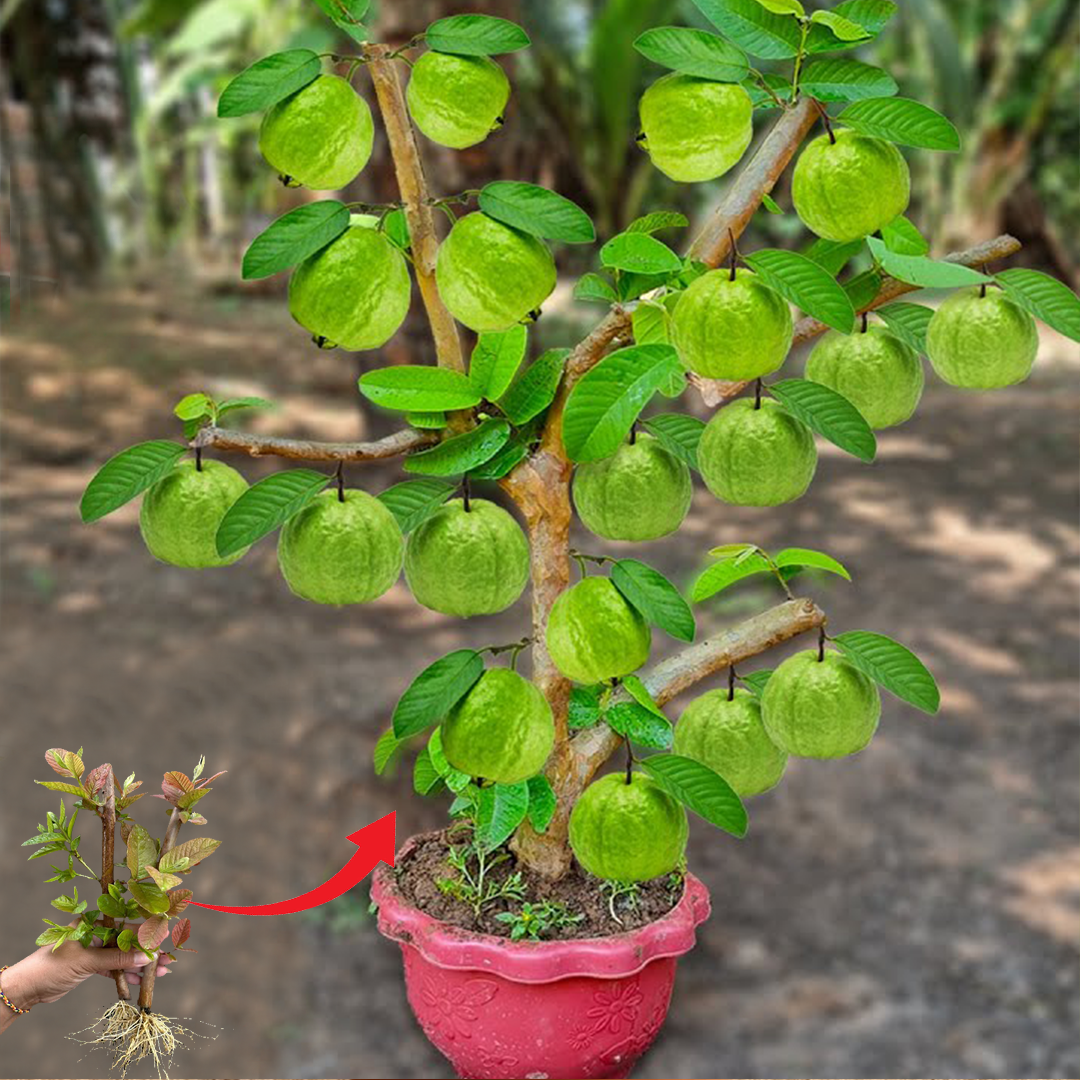
Add a 2–3 inch layer of organic mulch (like wood chips or straw) around the base of the tree. Mulch helps conserve moisture, suppress weeds, and improve soil structure as it decomposes. Just be sure to keep mulch a few inches away from the trunk to avoid rot.
10. Harvesting at the Right Time
Depending on the variety and climate, guava trees typically fruit within 2–4 years. Guavas are ready to harvest when they turn light green or yellow and emit a strong, sweet aroma. A gentle squeeze should reveal a slight softness.
Avoid leaving ripe fruits on the tree too long, as they can fall off or attract birds and insects. Harvest every few days during the fruiting season for the best quality.
Bonus Tip: Grow in Containers!
Don’t have much space? You can still enjoy fresh guavas! Guava trees grow well in large containers (at least 15-20 gallons). Use a lightweight, well-draining potting mix and follow the same care tips. Container-grown guavas may need more frequent watering and feeding, but they often thrive and fruit just as well.

Final Thoughts
With just a bit of attention and regular care, you can turn your garden or balcony into a guava paradise. From picking the right variety to giving your tree enough sun, food, and pruning—these simple tips can help you grow a guava tree that’s not just surviving, but thriving and full of fruit. Guavas are not only delicious but also a rewarding crop for any home gardener.
So why wait? Plant your guava tree today, and before you know it, you’ll be enjoying sweet, homegrown fruits straight from your own backyard.
